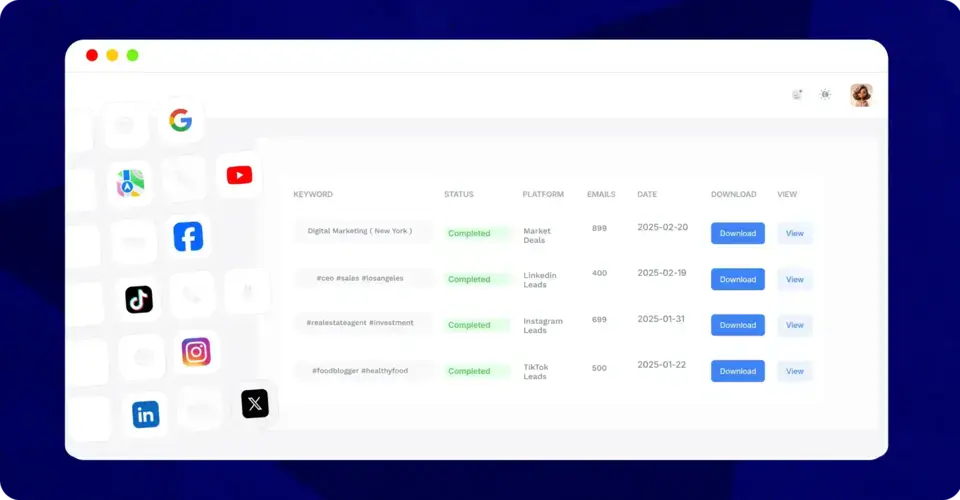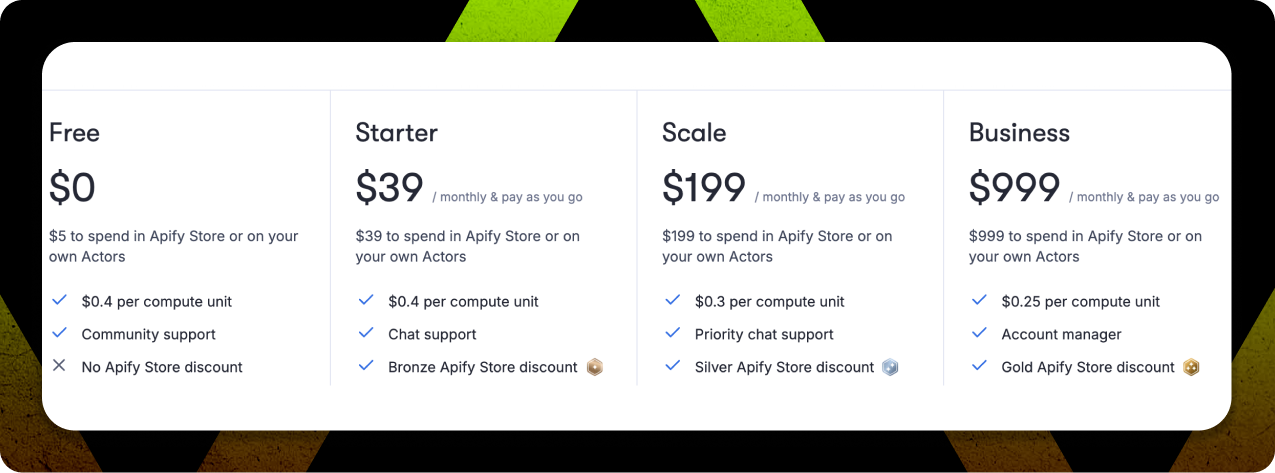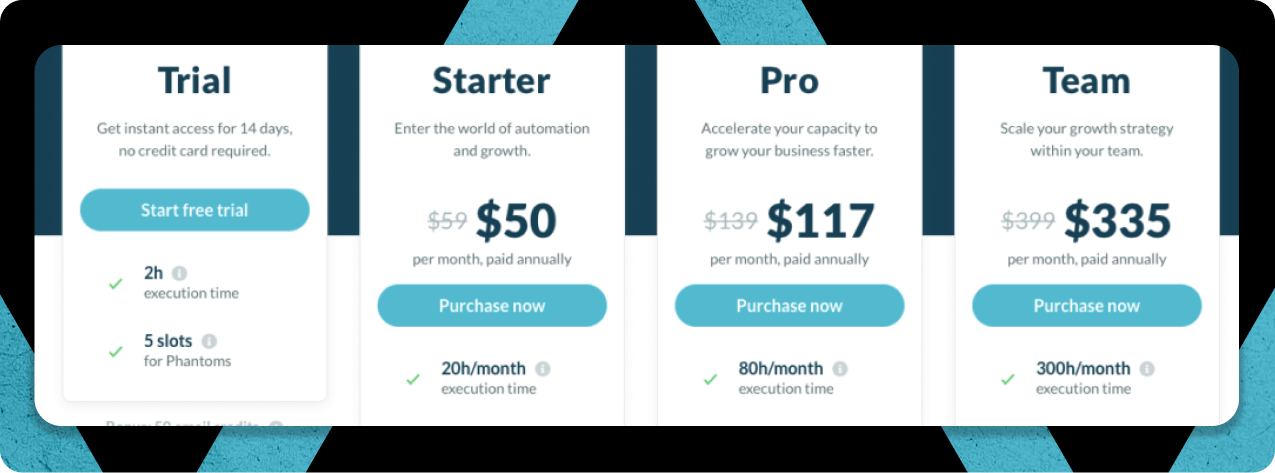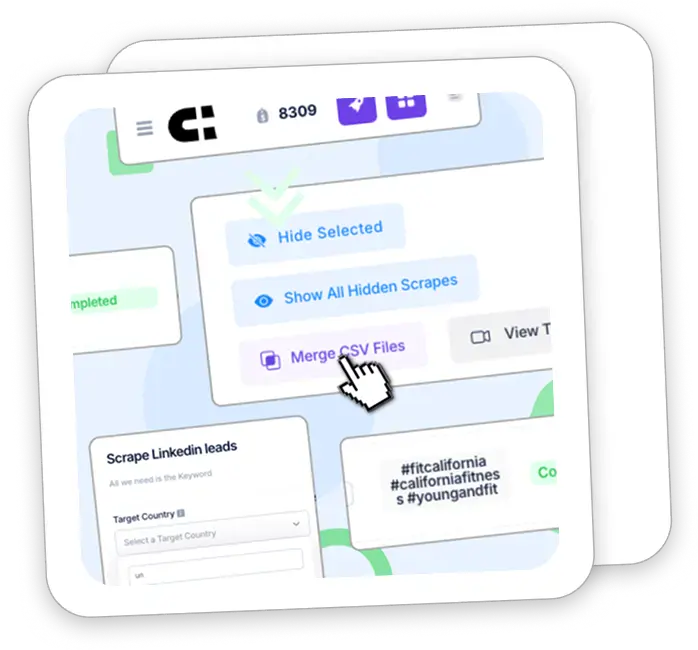Marketing Directors Email List: How to Build and Use One for Your Business
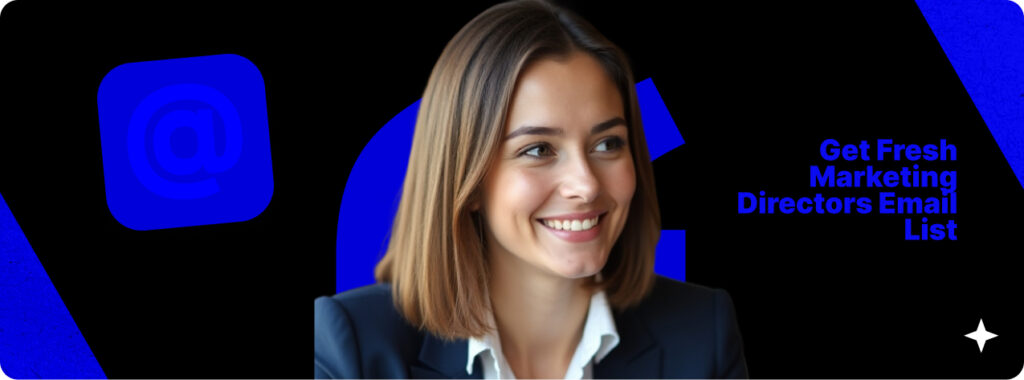
Looking to reach marketing directors in 2025? A reliable email list is the fastest way to get in front of decision-makers who control budgets and vendor choices. Instead of buying stale databases, you can build your own targeted list with an email scraper like IGLeads, pulling fresh contacts from LinkedIn and company sites, filtered by industry, size, or role. In this guide, we’ll show you how to source, verify, and use a marketing directors email list that actually gets replies.
Top 5 ways to get fresh marketing director email lists
Building or sourcing a high-quality marketing director email list requires more than a quick download. If you want up-to-date, accurate contacts, these five methods are your best bets in 2025:
1. Use LinkedIn to filter by job title and industry
LinkedIn is a goldmine for finding marketing directors, VPs, and CMOs — especially with tools like Sales Navigator. You can filter by:
- Title (e.g., “Director of Marketing,” “VP Marketing,” “Head of Growth”)
- Company size
- Industry
- Location
After connecting, many marketing leaders publicly share their emails or reply to direct outreach. It’s slower than scraping, but highly targeted and relationship-driven.
2. Tap into B2B databases and lead generation platforms
Services like BookYourData and SalesIntel offer prebuilt or custom marketing director lists. These typically include verified email addresses, company data, job titles, and sometimes direct phone numbers. Expect to pay per contact or per list.
Pros: Fast and detailed
Cons: Cost adds up + data freshness varies
3. Scrape marketing director emails with tools like IGLeads.io
Modern email scrapers like IGLeads.io allow you to extract contact info from public platforms — including LinkedIn, Google Maps, and company websites.
With IGLeads, you can:
- Filter by job title (“Marketing Director”)
- Target by region or keyword
- Export clean CSV files ready for outreach
- Gather 500–1,000 contacts per session depending on your filters
It’s fast, automated, and fully customizable, perfect for outreach at scale.
4. Leverage industry directories and association lists
Many professional associations publish directories of marketing professionals, particularly in sectors like healthcare, finance, or education. These often include:
- Full names
- Job titles
- Company affiliation
- Basic contact information
They’re not always downloadable but can be scraped or collected manually for niche targeting.
5. Use conference speaker lists and event sites
Look up recent speakers or panelists from events like HubSpot’s INBOUND, Content Marketing World, or AdWeek summits. These often include senior marketing decision-makers with contact info available through:
- Speaker bios
- Event directories
- Public LinkedIn profiles
You’ll gather fewer leads, but they’re often higher quality and more engaged with industry trends.
Benefits of targeting verified marketing director email addresses
A verified marketing directors email list can dramatically improve the ROI of your outbound campaigns. These are high-value prospects with authority to purchase, approve budgets, and drive strategy, making them prime targets for agencies, software providers, and B2B consultants.
Here’s what verified data delivers:
- Better deliverability — Verified email addresses reduce bounce rates and keep your messages out of spam folders. This protects your sender reputation and improves open rates.
- Smarter segmentation — A clean list allows you to sort contacts by industry, company size, region, and seniority, so you can tailor messaging to CMOs in tech differently from VPs in retail.
- Improved conversion rates — Reaching real decision-makers means you spend less time chasing dead leads and more time closing deals.
- Cross-channel power — Verified contact lists can be used beyond email, for retargeting ads, LinkedIn outreach, sales calls, or custom audiences.
- Legal compliance — Verified lists filtered from public sources or opt-in data help ensure compliance with laws like CAN-SPAM and GDPR. This protects you from fines and platform bans.
A high-quality marketing director email list becomes more than a contact dump, it’s a tool to drive conversations with the people who shape brand strategy and control spend.
What to Check Before Buying a Marketing Directors Email List (and How IGLeads Fits In)
Buying a marketing director email list can work, but only if the data is accurate, fresh, and compliant. Here’s what to check, and how IGLeads compares.
1. How recently was the list updated?
Marketing directors change roles often, especially in fast-moving industries like SaaS, eCommerce, and fintech.
- Traditional vendors: Some refresh monthly and guarantee 90%+ deliverability, often with manual verification.
- IGLeads: Our email scraper pulls contacts in real time from LinkedIn, company sites, and directories. That means you’re getting data as fresh as the director’s last public update, not a static database.
2. Can you segment by industry, region, or company size?
Generic lists aren’t enough if you want to reach the right decision-makers.
- Traditional vendors: Filters usually cover basic fields (like B2B vs. B2C, or broad sectors).
- IGLeads: You set your own filters. Target marketing directors by industry (fintech, SaaS, CPG), company size (startup vs. enterprise), or location (metro, state, country). You generate the exact segment you need.
3. What’s the expected deliverability rate?
Bounce rates don’t just waste money, they can damage your sender reputation.
- Traditional vendors: Some guarantee >95% deliverability and replace invalid emails.
- IGLeads: We don’t claim polished deliverability rates. Since data is scraped live, you’ll want to run your lists through an email verifier before sending. The trade-off: larger, fresher lists at lower cost, giving you more scale to work with.
4. Is the list compliant with privacy laws?
Compliance is critical when reaching senior executives.
- Traditional vendors: Some advertise opt-in data, but sourcing isn’t always transparent.
- IGLeads: We only scrape publicly available contact details. That keeps sourcing clean, but it’s your responsibility to send campaigns compliantly, include opt-outs, accurate sender info, and follow laws like CAN-SPAM or GDPR.
5. Is the list usable across platforms?
Data should integrate smoothly into your workflow.
- Traditional vendors: Often deliver CSV or XLS with multiple enriched fields.
- IGLeads: You can export contacts directly into CSV and upload them to your CRM or email platform instantly. Fields include names, job titles, company names, emails, and more, enough to run targeted, personalized campaigns right away.
